Case of the Week #534
View the Answer Hide the Answer
Answer
Discussion Board
Winners

Albert Buwono Indonesia Physician

Emad Abdelrahim Elshorbagy Egypt Physician

Javier Cortejoso Spain Physician
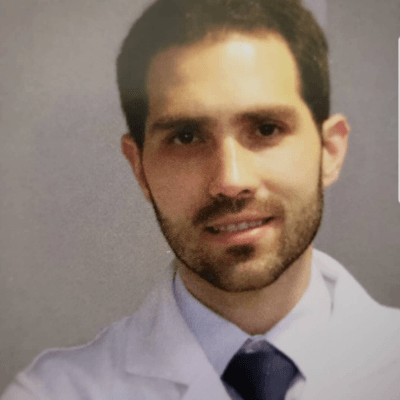
Danilo Feitosa Brazil Physician

Luis Izquierdo United States Physician

Pawel Swietlicki Poland Physician
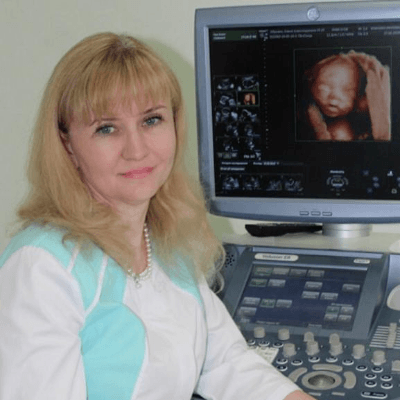
Natalia Butko Russian Federation Physician

Fatih ULUC Turkey Physician
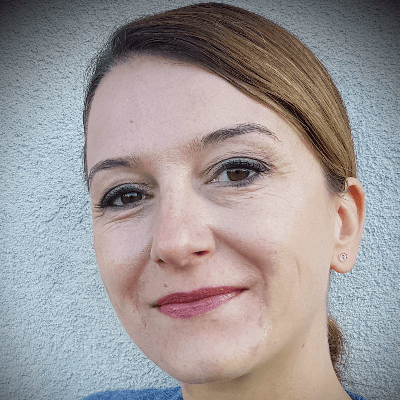
Kristína Bihariová Slovakia Physician

Anna Meshkova Russian Federation Physician

Igor Yarchuk United States Sonographer

Cem Sanhal Turkey Physician

Larysa Gazarova United States Physician

Claudette Schekorra United States Sonographer
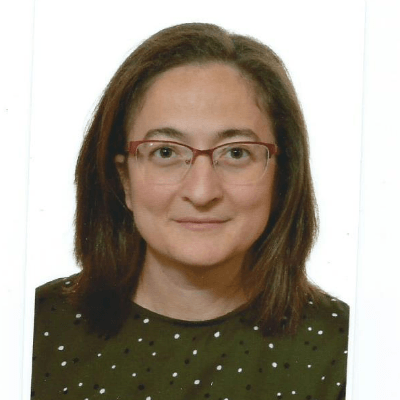
Ana Ferrero Spain Physician

Mayank Chowdhury India Physician

Nickolay Petrovich Veropotvelyan United States Physician

filiz halici öztürk Turkey Physician
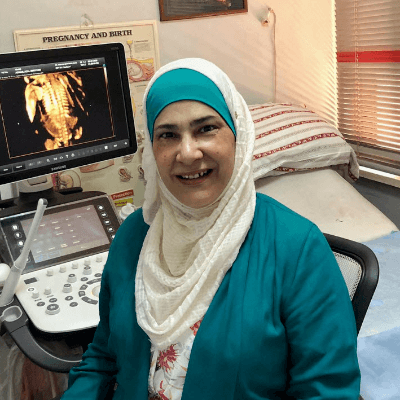
Omayyah Dar Odeh Jordan Physician
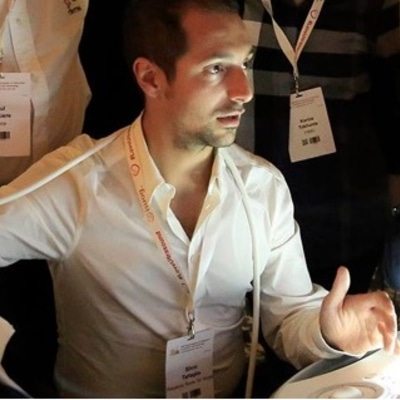
silvio tartaglia Italy Physician
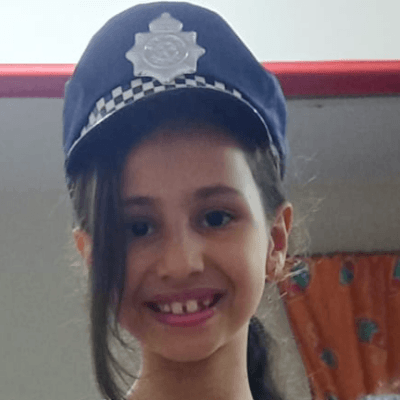
Sara Abdallah Salem Egypt Physician
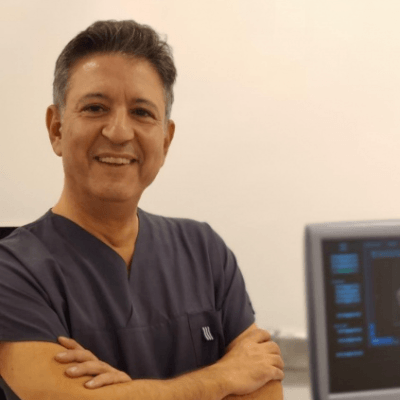
Halil Mesut Turkey Physician

Miğraci Tosun Turkey Physician
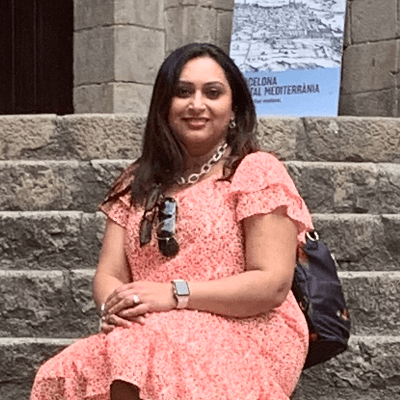
Rushina Patel United States Sonographer

Tina Verma United States

Irvin Jacob Vélez Machorro Mexico Physician

Megan Smith New Zealand Sonographer

lan nguyen xuan Viet Nam Physician